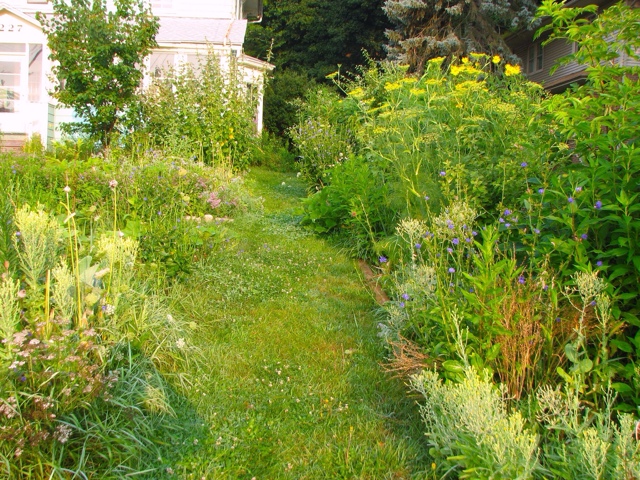 |
| Autumn Olive Pasta Sauce--Delicious! |
What makes that investment of each individual's time and effort possible is that they are rewarded for this activity. Everything that lives has to "obtain a yield." For those of us who are natural "do-gooders," inclined to give freely of ourselves, this may be the most important Permaculture principle.
When we "only give" we do work that is ultimately unsustainable. But it's also potentially dangerous. There's a wisdom inherent in the collaborative "enlightened self interest" of natural communities, which keeps everyone working a niche and obtaining a yield from it. When we create systems or communities that bypass this, where we give without obtaining a yield, there's a danger that we will disrupt a natural connection where someone else could "help themselves" and obtain a yield in doing the work we did for free. Often times, such as in our well-meaning interventions in low-income or natural communities, we end up hurting the people we intend to help, preventing community members from starting businesses and enriching the ecology of their community.
I believe our garden will be a "good work" that will build the ecology of or community. And it's a joy to do. But I have to admit, it makes it easier to commit the time when our garden "pays" us in some very tasty things to eat!





























